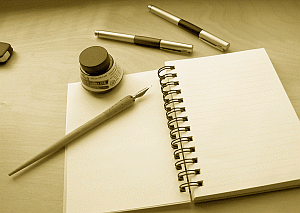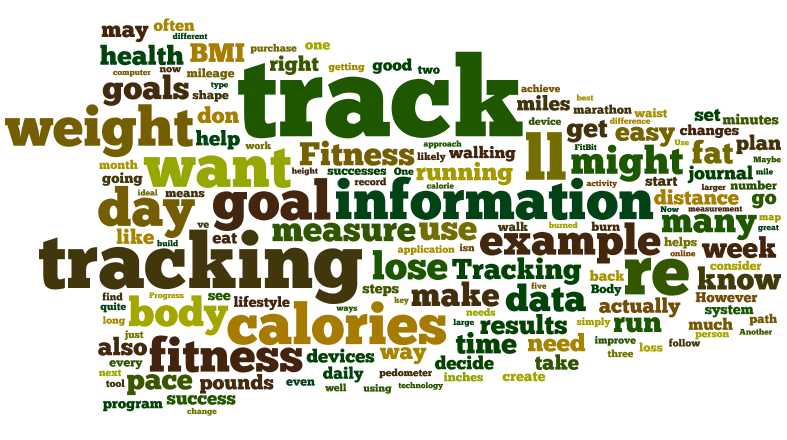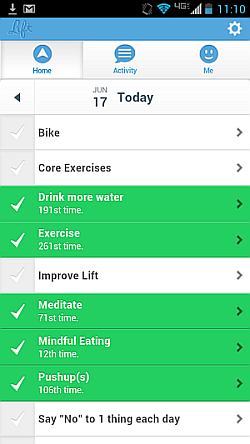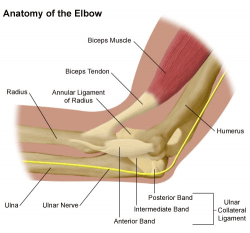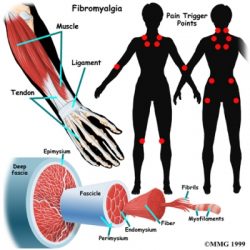
Many of the better, and most successful, loss programs either come with a food journal or recommend that you keep one. If you take out a few minutes each day to write down what you eat, when you eat it, how you’re feeling, and other information you may like to include, you can have significantly more success with your loss efforts than people who don’t keep a food journal.
Why to have a Food Journal
It’s not necessary to keep a food journal for the rest of your life. After a couple of months, you should have an idea of which foods keep you feeling better and more energized, and which foods cause you problems. You should also have fine-tuned which amounts satisfied you and when you ate too much and how it made you feel.
Here is a list of some of the things you may want to track in your food journal. Remember, no one is going to see this journal but you, so be accurate and honest. That is the only way you will benefit from what you record.
- What you ate and in what quantities
- Calories, grams of fat, grams of protein, grams of carbohydrates, fiber
- Were you really hungry or just craving something?
- What time of day did you eat?
- What were you doing that may have triggered your desire to eat?
- How did you feel right after you ate? Satisfied, over-full, still hungry?
- How did you feel about two hours after you ate?
There are many food journals online that you can download and use if you do not have a diet program that includes one. A spread sheet, like those you can make with Microsoft Excel are also good. You can create as many, or as few, columns as you wish and expand the columns to fit any notes you might like to include.
What You Can Learn From a Food Journal
If you are subject to “emotional” eating, or eating when you aren’t really hungry, it is important to identify why. What was the emotional experience you were going through when you felt you needed to eat? Did you enjoy the food, or just bolt it down? Maybe you were having bad feelings that you wanted to suppress, and food worked to “push” down the feelings.
The important thing here is to tie the emotional eating with a particular situation. Then, when you are not caught up in this emotion, calmly think of a way you can satisfy whatever situation the food was solving for you with a non-food response. You may be amazed at how much you mindlessly eat when you are in the throes of an emotion and not really hungry at all. But you won’t get these connections if you don’t keep track in a food journal.
Keeping a food journal is not hard to do and it will go a long way towards insuring your loss success.
